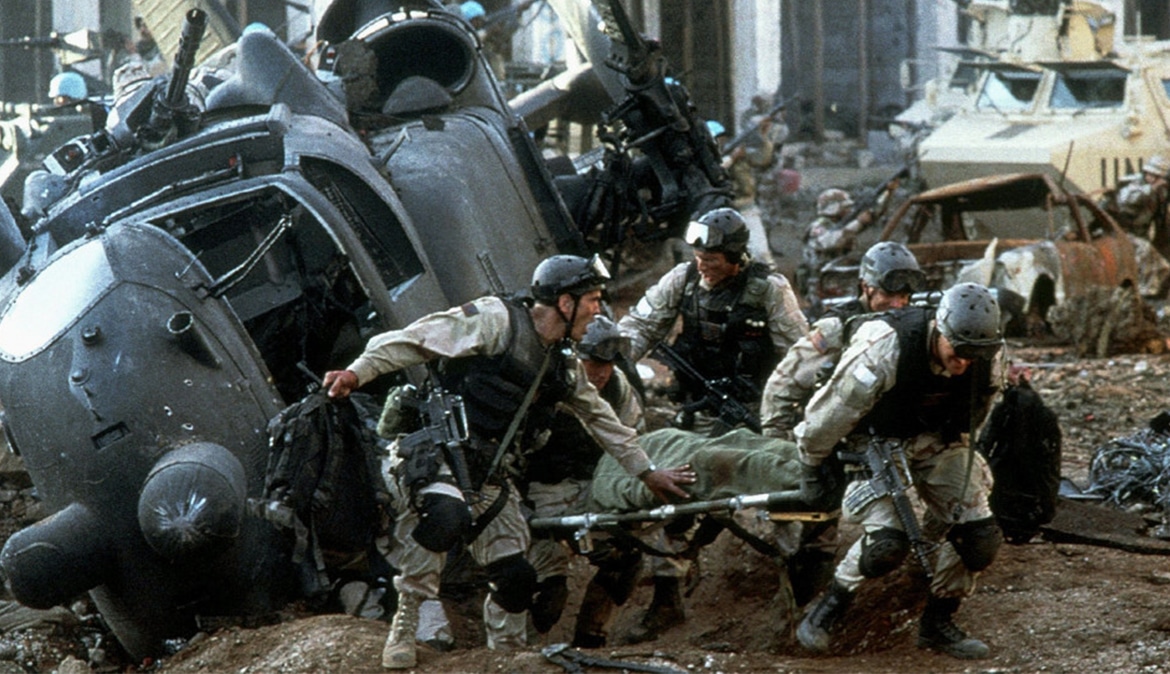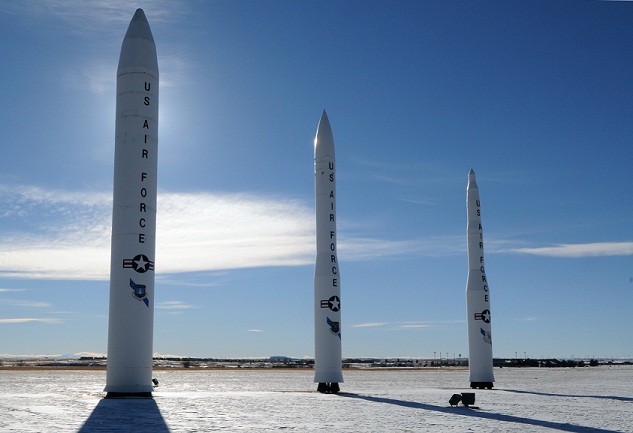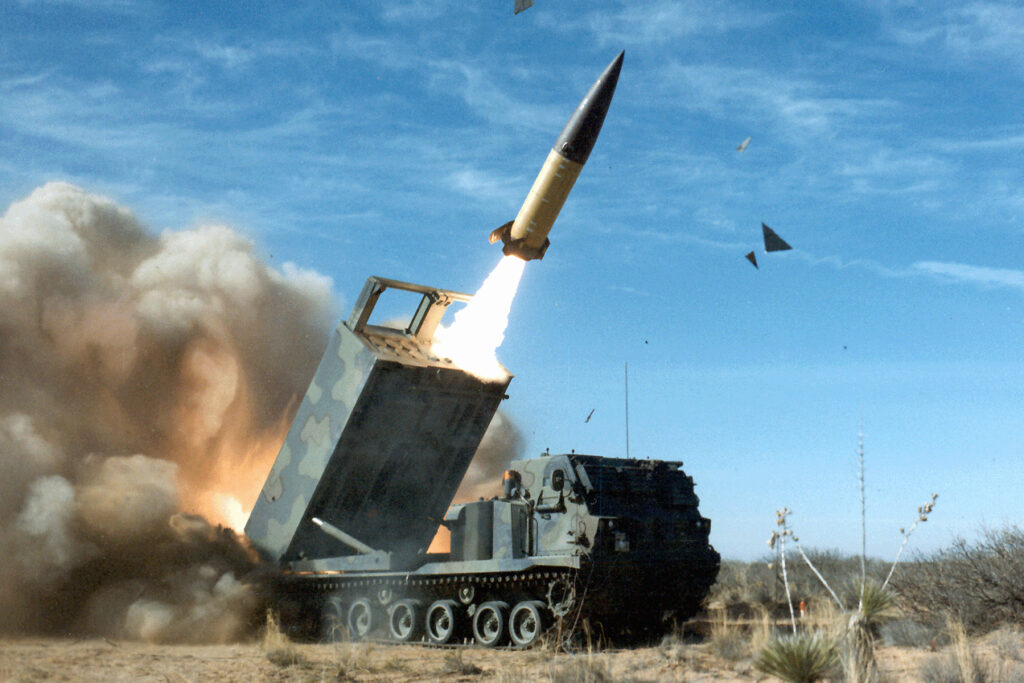AIR COMMANDOS WRECKING CARS AND SAVING LIVES
- By Stavros Atlamazoglou
Share This Article

Jaws of life. Hooligan tools. Chainsaws. Hammers.
Awkward names for things that could save lives on the battlefield as well as on the streets of America. But these and other tools can be found in the search and rescue and personnel recovery arsenal of the elite Air Commandos.
Earlier in October, Pararescuemen and Combat Control operators from the 125th Special Tactics Squadron refreshed their extrication skills, showcasing along the way the importance of a little known but important skillset.
Utilizing old vehicles, the Air Commandos simulated the extrication of troops or civilians from wrecked vehicles with a variety of methods tools. However, it’s important to remember that the Air Commandos will often have to carry the tools on them, so the equipment must be effective yet portable.

“By using non-salvageable vehicles, we are able to develop a scenario in which all procedures and tools are utilized, enhancing proficiency in this specific Tactic, Technique, and Procedure,” said the 125th Special Tactics Squadron flight commander in a press release. “The non-salvageable vehicles provide the most realistic training possible.”
The advent of improvised explosive devices (IEDs) has made extrication capabilities that much more important. If a vehicle, regardless if it’s armored or not, triggers an IED, chances are that it will suffer significant, if not catastrophic, damage. But if the explosive charge in the IED isn’t sufficient to destroy the vehicle altogether, the crew might survive, probably trapped inside the wreck. That’s why the extrication capability becomes important. But the skillset is also important in domestic or humanitarian scenarios, especially considering that this particular unit is part of the National Guard and might be called on to help civilians in distress as it has been doing in the past months.
“We also use this equipment during state emergency response operations or humanitarian assistance and disaster response operations to establish landing zones,†added the officer. “Or in the case of hurricanes, we’d possibly cut holes in the tops of houses to evacuate personnel by helicopter. These procedures were also utilized by Special Tactics Pararescuemen during the earthquake response in Haiti in 2010.â€

Part of the Oregon Air National Guard, the 125th Special Tactics Squadron is based in Portland.
Pararescue is the only career field in the whole Department of Defense (DoD) that is specially trained and equipped to conduct combat search and rescue and personnel recovery.
Back in 1993 and the Battle of Mogadishu, the Air Commandos’ extrication training proved crucial. When the first MH-60 Black Hawk helicopter crashed during the “Black Hawk Down” incident, several of the crew members were trapped inside the twisted metals of the battered machine.

Even though the two Night Stalkers pilots who had been killed, the rest of Task Force Dagger resolved to not leave them behind. But only specialized equipped and trained men could extricate them. So, the burden fell on the Pararescuemen of the elite 24th Special Tactics Squadron. In the end, and after another day and night of fighting, the rescue force managed to extricate the two pilots.
Related Posts
Sandboxx News Merch
-

A-10 ‘Warthog’ Poster
$22.00 – $28.00 Select options This product has multiple variants. The options may be chosen on the product page -

F-35 ‘Lightning’ Framed Poster
$45.00 – $111.00 Select options This product has multiple variants. The options may be chosen on the product page -

A-10 ‘Thunderbolt Power’ Poster
$22.00 – $28.00 Select options This product has multiple variants. The options may be chosen on the product page
Stavros Atlamazoglou
Greek Army veteran (National service with 575th Marines Battalion and Army HQ). Johns Hopkins University. You will usually find him on the top of a mountain admiring the view and wondering how he got there.
Related to: Military Affairs, Special Operations

The B-2 Spirit is aging but still packs a bunch

How large are the nuclear arsenals of Russia and China compared to those of the US and its allies?

50,000 Russian and North Korean troops prepare to attack Ukrainian forces in Kursk

What damage can Ukraine inflict on Russia using its long-range Western weapons?
Sandboxx News
-

‘Sandboxx News’ Trucker Cap
$27.00 Select options This product has multiple variants. The options may be chosen on the product page -

‘AirPower’ Classic Hoodie
$46.00 – $48.00 Select options This product has multiple variants. The options may be chosen on the product page -

‘AirPower’ Golf Rope Hat
$31.00 Select options This product has multiple variants. The options may be chosen on the product page -

‘Sandboxx News’ Dad Hat
$27.00 Select options This product has multiple variants. The options may be chosen on the product page
